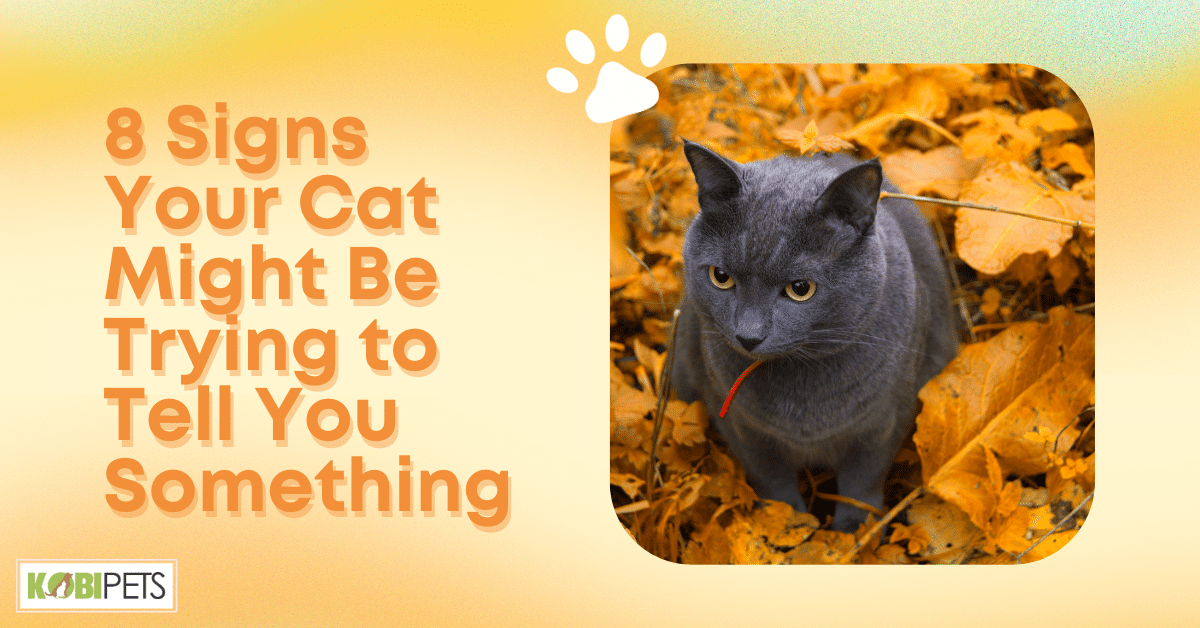
Is your cat meowing excessively, displaying odd body language, or acting strangely? These might be signs that your feline friend is trying to communicate something important, such as hunger, discomfort, or a need for attention. Understanding these cues can help strengthen your bond with your cat.
Cats have their own distinct ways of expressing themselves, and deciphering their signals is key to enhancing your relationship. In this article, we’ll delve into eight vital signs that your cat may be trying to communicate something important, helping you connect more deeply with your furry companion.
1. Excessive Meowing
Cats are known for their vocal nature, and when they start meowing more than usual, it’s a clear sign that they’re trying to communicate something. The key is to listen closely to the variety of meows they produce. A persistent, high-pitched meow, for instance, may indicate hunger, and it’s their way of saying, “Feed me!” On the other hand, if your cat’s meows are more plaintive, almost sounding like they’re in distress, it could be a plea for companionship.
In such cases, your furry friend might simply want some quality time with you. By learning to distinguish between different meow types and considering the context, you can better understand your cat’s needs and strengthen the bond you share.
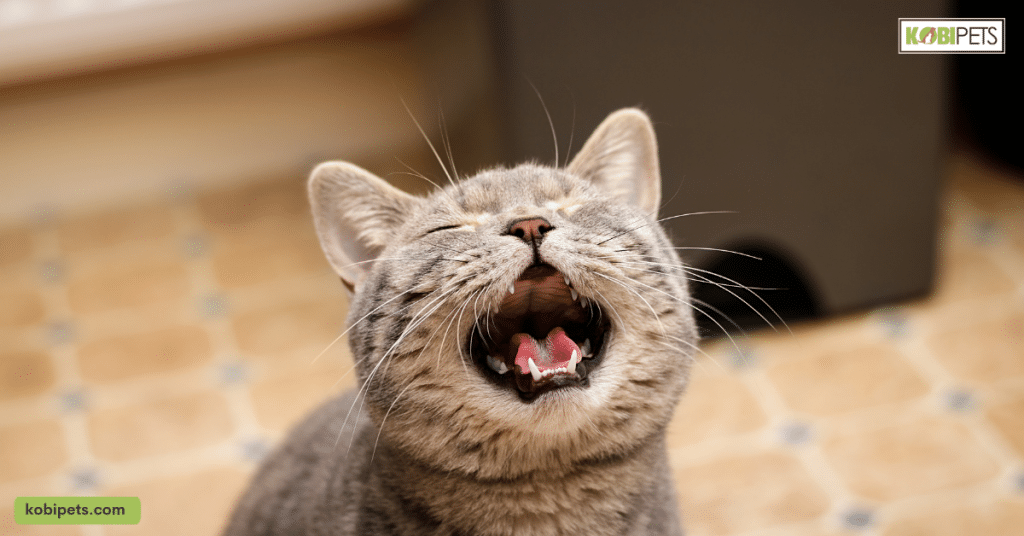
2. Unusual Body Language
Cats are masters of body language, and they use it to express their feelings and desires. Paying attention to their body language can provide valuable insights into their emotional state. For instance, when a cat’s tail is held upright with a slight curve at the tip, it usually signifies a content and friendly feline. On the contrary, a puffed-up tail is a sign of fear or aggression, while a tail held low to the ground may indicate submission or insecurity.
Ears also play a crucial role; forward-facing ears are generally a sign of relaxation, whereas flattened ears suggest agitation or irritation. Along with tail and ear cues, take note of your cat’s overall posture. A relaxed cat often sits or lies comfortably, whereas a tense cat may crouch low or puff up to appear larger.
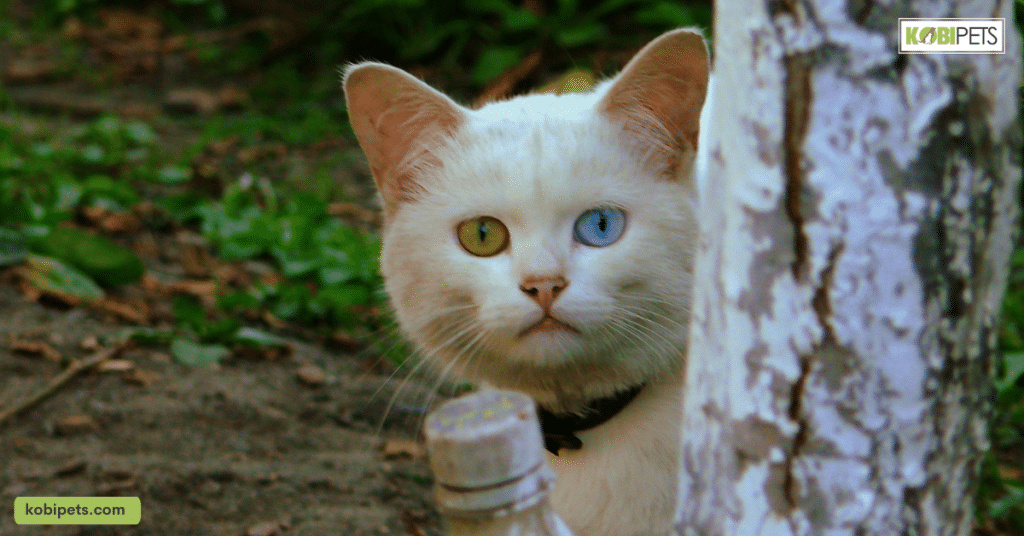
3. Sudden Behavioral Changes
Cats are creatures of habit, and any sudden shifts in their behavior should raise a red flag. Increased aggression or withdrawal can be indicative of underlying issues. Your cat might be in pain, discomfort, or experiencing stress, and these behavioral changes are their way of signaling that something is wrong.
It’s crucial to investigate the cause of these changes promptly. Addressing the root problem, whether it’s a health concern or a stressful environment, is essential for ensuring your cat’s overall well-being.
4. Scratching and Destructive Behavior
Scratching is a natural and necessary behavior for cats. It helps them maintain their claws and mark their territory. However, excessive scratching or destructive behavior maybe your cat’s way of expressing unmet needs.
It could be a sign of frustration, boredom, or a craving for mental stimulation. To address this, consider providing your cat with appropriate outlets for their scratching instincts, such as scratching posts, and engaging toys to keep their minds and bodies active.
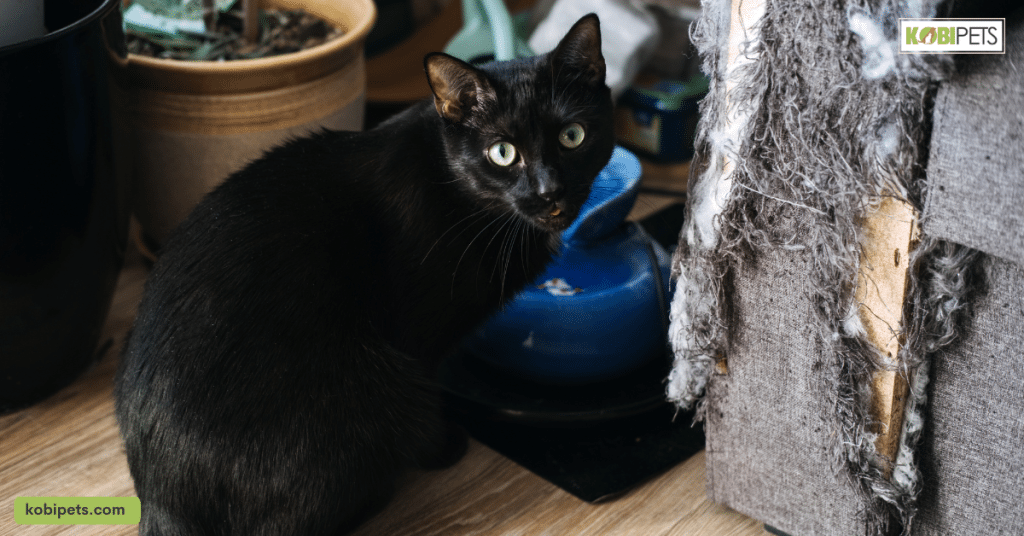
5. Changes in Litter Box Habits
A sudden change in your cat’s litter box behavior is often an indication that something isn’t right. If your cat starts urinating outside the litter box, it may be a signal of discomfort, urinary tract issues, or dissatisfaction with the cleanliness of their designated bathroom area.
Ignoring these signs can lead to more significant problems, so it’s essential to investigate the issue promptly and take the necessary steps to address it, whether that involves a trip to the veterinarian or modifying their litter box setup.
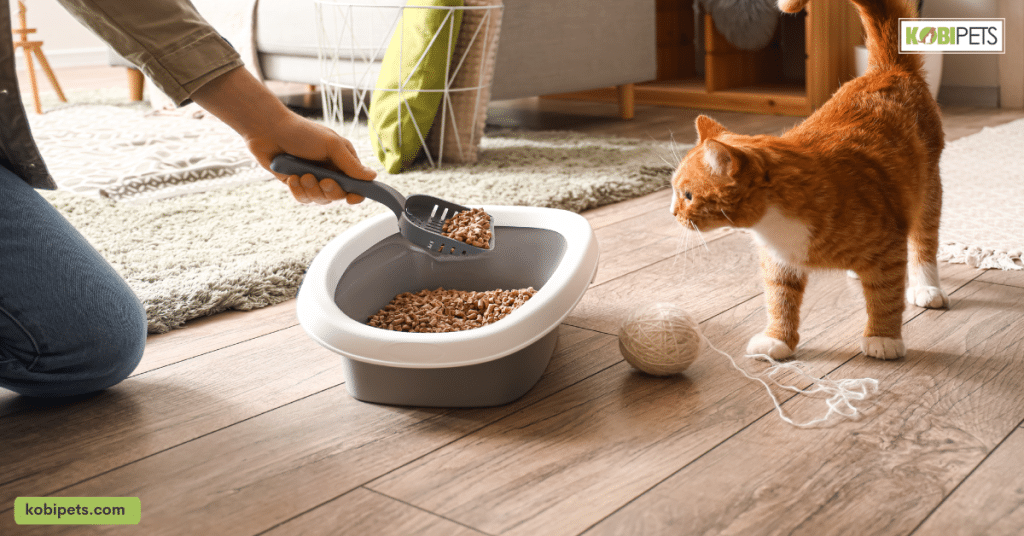
6. Excessive Grooming
Cats are meticulous groomers by nature, but over-grooming can be a cause for concern. This behavior may manifest when your cat is feeling anxious, in pain, or dealing with skin problems. Be on the lookout for signs of excessive grooming, such as hair loss, redness, or skin irritation.
Consulting with a veterinarian is advisable if you notice any worrisome changes in your cat’s grooming habits, as it could be indicative of an underlying health issue that requires attention.
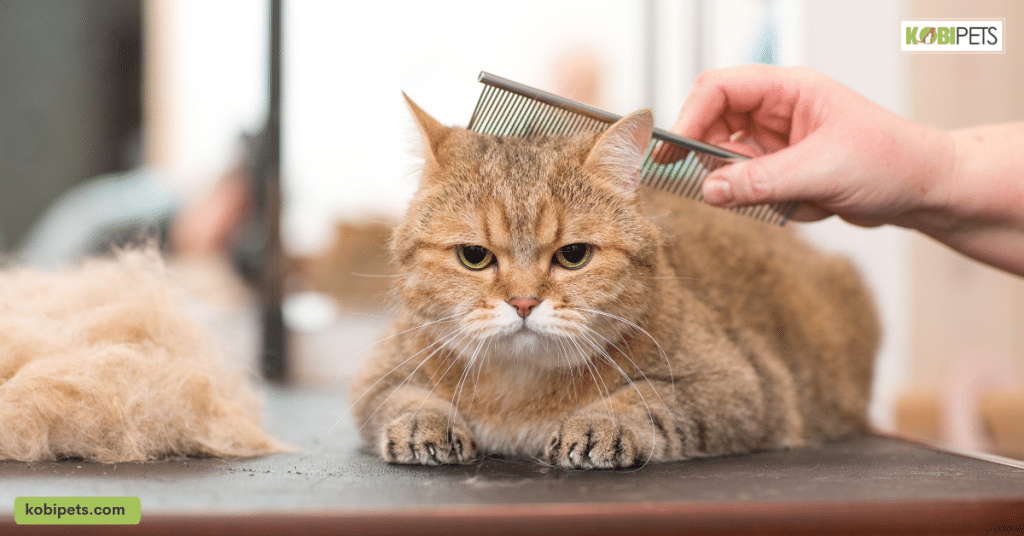
7. Increased Purring
Purring is often associated with contentment, and it’s undoubtedly one of the most soothing sounds a cat can produce. However, it’s important to recognize that some cats may also purr when they are in pain or distress. Context is vital here. If your cat suddenly starts purring excessively in situations that aren’t typically associated with contentment, it’s worth investigating further. This could be their way of signaling discomfort or a need for your attention and care.
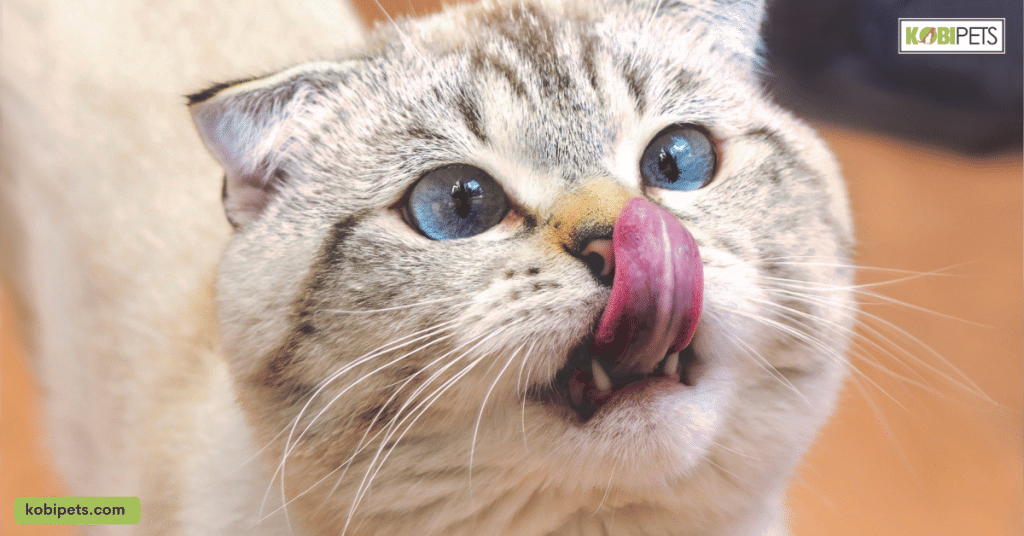
8. Physical Signs
Cats communicate not only through vocalizations and body language but also through physical signs. Dilated pupils, for example, can be a sign of excitement or fear, and they may constrict when your cat is feeling calm and comfortable. Flattened ears are often a clear indication of aggression, irritation, or fear.
Raised fur along the back, known as piloerection, is a response to heightened arousal or anxiety. Understanding these physical cues can help you gauge your cat’s emotional state and respond appropriately, whether that means offering comfort, addressing a potential stressor, or seeking veterinary care when needed.
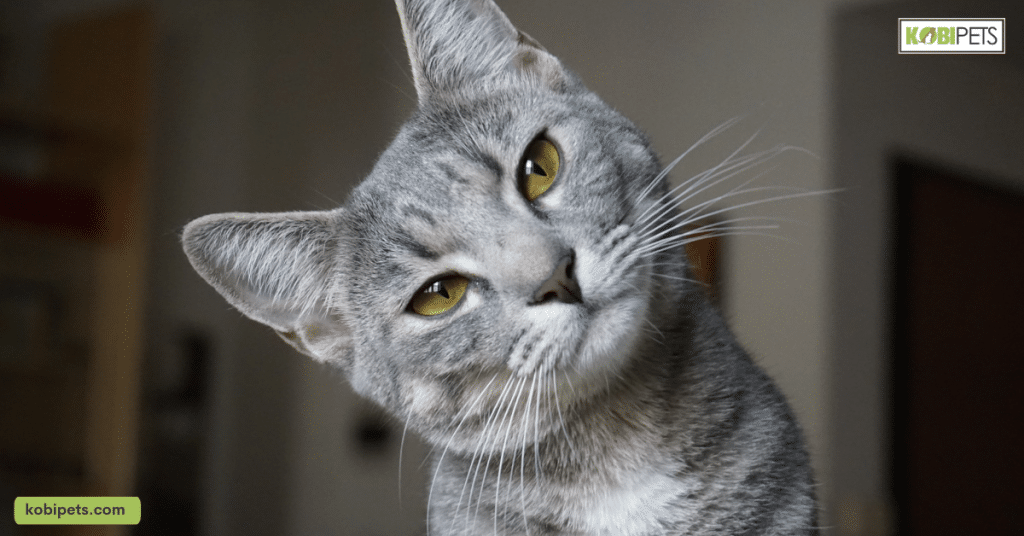
Conclusion
Understanding your cat’s communication cues is not just about deciphering their behaviors; it’s about building a stronger, more harmonious relationship with your feline companion. Cats have their own unique language, and by tuning in to their meows, body language, and behaviors, you can become a better cat parent.
Whether it’s recognizing hunger, addressing discomfort, or simply responding to their need for companionship, your ability to interpret their signals can greatly enhance their quality of life. By being attuned to these eight signs and taking prompt action when needed, you can ensure that your beloved cat lives a happy, healthy, and fulfilling life, all while strengthening the special bond you share.






